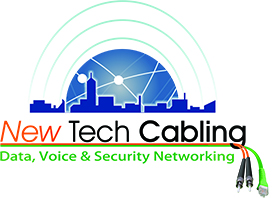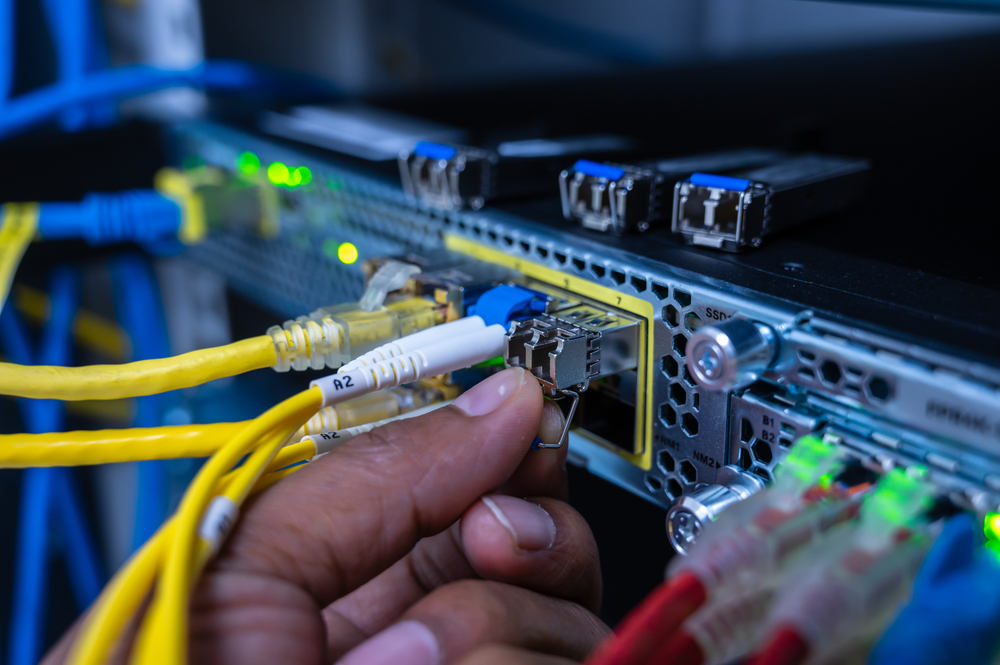Businesses today rely more than ever on efficient network infrastructure to remain competitive. A high-speed connectivity setup is no longer a luxury but a necessity for smooth operations, enhanced collaboration, and scalability. Future-proofing your office with a robust high-speed network installation ensures that your business stays ahead of technological advancements while preventing bottlenecks that could hinder productivity. Understanding the key components of a well-structured network and how to optimize them can set your organization up for long-term success.
Understanding the Importance of Network Infrastructure
A strong network infrastructure is the backbone of any modern office, enabling seamless communication, data transfer, and system operations. Without a high-speed connectivity framework, businesses face frequent downtimes, lagging performance, and security vulnerabilities. A well-designed network infrastructure facilitates faster access to cloud-based applications, smoother video conferencing, and improved efficiency in handling large data files.
As businesses transition towards hybrid work models and remote connectivity, having a reliable and scalable network setup becomes even more crucial. Network failures not only disrupt internal workflows but also affect customer experience, potentially leading to revenue loss. By investing in a high-speed network installation today, businesses can mitigate these risks while enhancing their technological adaptability for future growth.
Key Considerations for a Future-Proof High-Speed Network
When designing a network infrastructure, businesses must consider several factors to ensure long-term efficiency. Bandwidth capacity is one of the primary concerns, as growing businesses require more data transmission capabilities over time. Investing in fiber-optic cables and high-performance routers can provide the speed and reliability needed to handle increasing data loads.
Another vital aspect is scalability. A network should be designed to expand seamlessly as the company grows, allowing for additional workstations, connected devices, and cloud-based services. Implementing structured cabling and wireless access points in strategic locations can enhance network coverage and performance. Security also plays a crucial role, as cyber threats continue to evolve. Integrating firewalls, encryption protocols, and multi-factor authentication safeguards sensitive business data and prevents unauthorized access.
Additionally, prioritizing redundancy and failover mechanisms can prevent business disruptions in case of a network failure. Setting up backup internet connections and utilizing software-defined networking (SDN) can provide flexibility and improved traffic management. These considerations ensure that your high-speed connectivity setup remains efficient and resilient to future technological shifts.
Choosing the Right Technology for Your Office Network
Selecting the right technology components for your office network is essential to achieving high-speed connectivity. Fiber-optic internet is one of the best options for businesses seeking ultra-fast speeds and low latency. Unlike traditional copper cables, fiber-optic connections offer higher bandwidth capabilities, making them ideal for data-heavy applications and cloud computing.
Wireless networking solutions such as Wi-Fi 6 technology can significantly enhance connectivity in modern offices. Wi-Fi 6 provides better speed, improved network efficiency, and support for multiple devices, ensuring smooth operations even in high-density environments. Businesses should also invest in enterprise-grade network switches and routers that can handle increasing traffic demands without compromising performance.
Cloud-based networking solutions are also becoming popular for their scalability and remote management features. Software-defined wide area networks (SD-WAN) enable businesses to optimize their network performance, reduce costs, and improve security by directing traffic through the most efficient pathways. Implementing these advanced technologies allows businesses to stay ahead of digital transformation trends and maintain a competitive edge.
Maintaining and Upgrading Your Network Infrastructure
Once a high-speed network installation is in place, regular maintenance and timely upgrades are crucial to sustaining its efficiency. Network performance monitoring tools help businesses track bandwidth usage, detect potential issues, and optimize traffic flow. Conducting periodic network assessments allows IT teams to identify areas for improvement and implement necessary upgrades before performance deteriorates.
Firmware updates and security patches should be applied consistently to protect against vulnerabilities. Investing in network automation tools can streamline troubleshooting processes and enhance overall system reliability. As new technologies emerge, businesses should remain adaptable by adopting upgrades such as faster internet protocols, enhanced encryption methods, and more robust cybersecurity frameworks.
Training employees on best practices for network usage also contributes to maintaining a secure and efficient environment. Encouraging proper data handling and network security awareness reduces the risk of breaches and ensures smooth collaboration across departments. By proactively maintaining and upgrading network infrastructure, businesses can continue to benefit from high-speed connectivity without unexpected downtime or performance bottlenecks.
Future Trends in High-Speed Connectivity
As technology advances, businesses must keep an eye on future trends in high-speed connectivity to remain competitive. The adoption of 5G networks is set to revolutionize office connectivity by offering ultra-fast speeds and low latency, enabling seamless remote work and IoT integration. Edge computing is also gaining traction, allowing businesses to process data closer to its source, reducing latency and improving efficiency.
Artificial intelligence (AI) and machine learning are being integrated into network management systems, providing predictive analytics and automated troubleshooting to enhance performance. The rise of the Internet of Things (IoT) further emphasizes the need for a robust network infrastructure that can support a growing number of connected devices.
With increasing data privacy regulations, businesses must also prioritize compliance and data protection in their network setups. Implementing zero-trust security models and encryption technologies ensures that sensitive business information remains safeguarded from cyber threats.
By staying informed about these evolving trends and continuously upgrading their network infrastructure, businesses can future-proof their offices and maintain a high-speed connectivity environment that supports growth, innovation, and operational excellence. Investing in a forward-thinking network strategy today sets the foundation for long-term success in an increasingly digital world.
Need Network Cabling Professionals Near You?
Here at New Tech Cabling, we are an industry leader with proven success in the design, installation and maintenance of the latest technology cabling the industry has to offer today. Our team takes the time to understand your needs, and then produces network cabling solutions that simply work better. If you’re looking for a group of intelligent professionals committed to innovation, contact us today to schedule a consultation. We look forward to making things happen for you!


Recent Comments